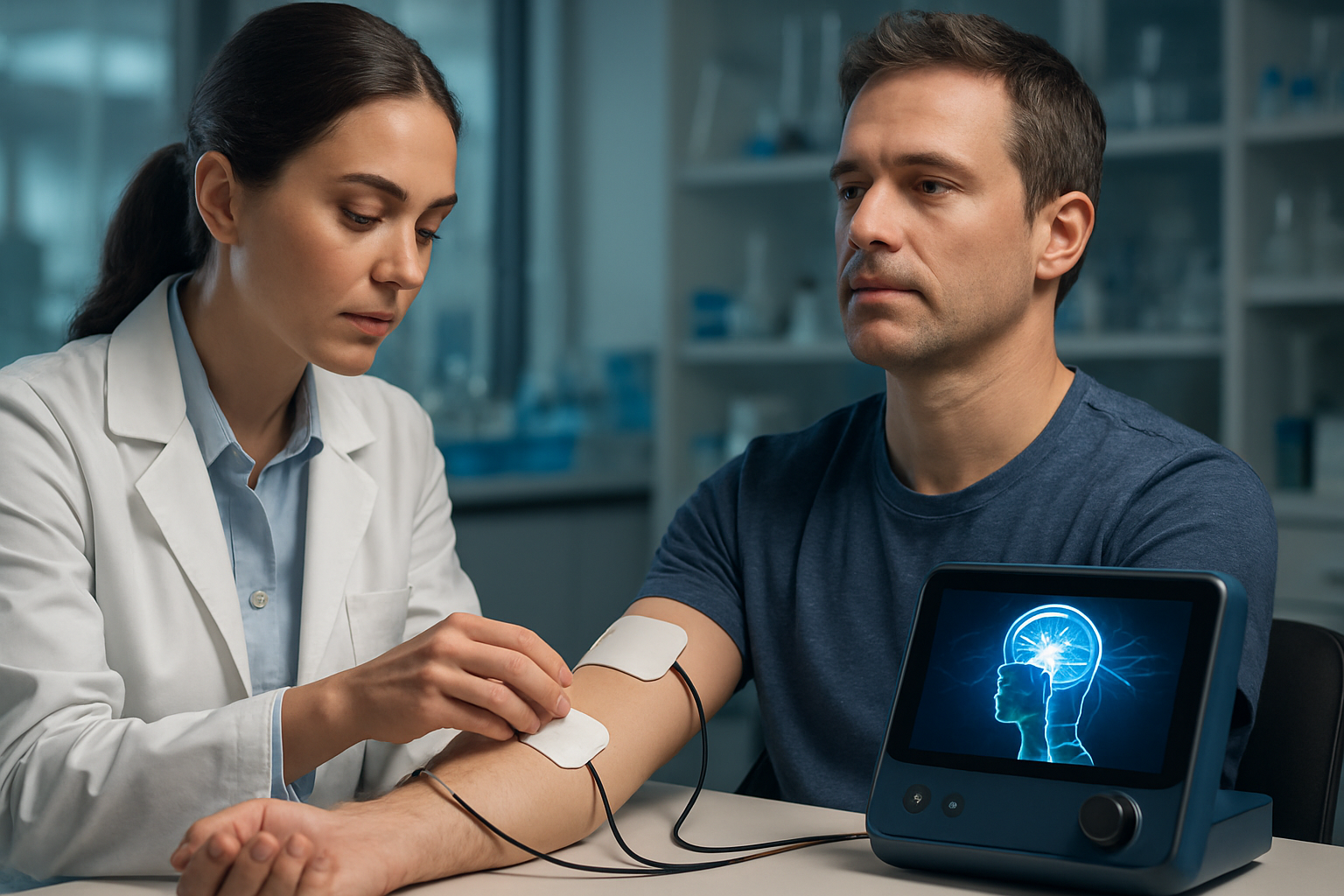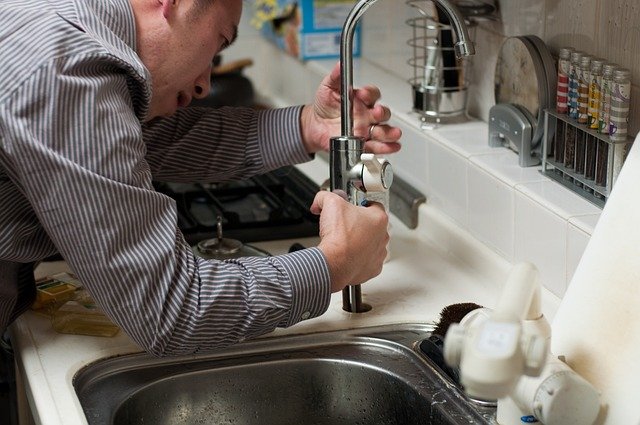Urinary Tract Infection Treatment: A Complete Guide
Urinary tract infections (UTIs) are among the most common bacterial infections, affecting millions of people worldwide each year. These infections occur when bacteria enter the urinary system and multiply, causing inflammation and discomfort. Understanding proper treatment approaches, diagnostic procedures, and prevention strategies is essential for managing UTIs effectively and preventing complications.

How Long Does it Take to Test a Urine Sample for a UTI
The diagnostic process for urinary tract infections typically involves two main types of urine tests, each with different timeframes. A basic urinalysis, which checks for white blood cells, red blood cells, and bacteria, usually provides results within 1-2 hours when performed in a clinical setting. This rapid test can indicate the presence of an infection and help healthcare providers begin treatment promptly.
However, a urine culture, which identifies the specific bacteria causing the infection and determines antibiotic sensitivity, requires 24-72 hours for complete results. This longer timeframe is necessary because bacteria must be grown in a laboratory environment to reach detectable levels. The culture process involves placing the urine sample on special growth media and incubating it at body temperature to encourage bacterial multiplication.
For urgent cases, some healthcare facilities use rapid testing methods that can provide preliminary results within 15-30 minutes, though these may be less comprehensive than traditional laboratory tests.
How to Treat Urinary Tract Infection
Treatment approaches for urinary tract infections depend on several factors, including the severity of symptoms, the patient’s medical history, and the type of bacteria involved. Antibiotics remain the primary treatment method for bacterial UTIs, with the specific medication and duration varying based on individual circumstances.
Common first-line antibiotics include trimethoprim-sulfamethoxazole, nitrofurantoin, and fosfomycin for uncomplicated infections. For more complex cases or when resistance is suspected, healthcare providers may prescribe fluoroquinolones or beta-lactam antibiotics. Treatment duration typically ranges from 3-7 days for uncomplicated infections, while complicated cases may require 7-14 days of antibiotic therapy.
Pain management is another crucial aspect of UTI treatment. Over-the-counter pain relievers such as ibuprofen or acetaminophen can help reduce discomfort, while phenazopyridine may be prescribed to alleviate burning sensations during urination. Patients are also encouraged to drink plenty of water to help flush bacteria from the urinary system.
Diagnosis Prevention and Treatment of Urinary Tract Infections in Older People
Older adults face unique challenges when dealing with urinary tract infections, as symptoms may be less obvious and complications more severe. Traditional UTI symptoms like burning during urination or frequent urination may be absent in elderly patients. Instead, confusion, agitation, or sudden changes in mental status might be the primary indicators of infection.
Diagnosis in older adults often requires more comprehensive evaluation, including consideration of other medical conditions and medications that might affect symptoms. Healthcare providers may need to perform additional tests beyond standard urinalysis, particularly when cognitive symptoms are present.
Prevention strategies for older adults include maintaining proper hygiene, staying adequately hydrated, and managing underlying health conditions such as diabetes or urinary retention. Regular bathroom habits and complete bladder emptying are particularly important for elderly individuals who may have reduced mobility or cognitive impairment.
Treatment considerations for older adults include careful antibiotic selection based on kidney function, potential drug interactions, and the risk of antibiotic-associated complications. Healthcare providers often choose antibiotics with fewer side effects and adjust dosages based on age-related changes in medication metabolism.
| Healthcare Setting | Typical Cost Range | Services Included |
|---|---|---|
| Primary Care Visit | $150-$300 | Basic consultation, urinalysis |
| Urgent Care Center | $200-$400 | Extended hours, rapid testing, treatment |
| Emergency Room | $500-$1,500 | Comprehensive evaluation, immediate treatment |
| Telemedicine Consultation | $50-$150 | Remote consultation, prescription services |
Prices, rates, or cost estimates mentioned in this article are based on the latest available information but may change over time. Independent research is advised before making financial decisions.
Additional Treatment Considerations
Beyond standard antibiotic therapy, several supportive measures can enhance recovery and prevent recurrence. Probiotics may help restore healthy bacterial balance, particularly after antibiotic treatment. Cranberry products, while not proven to treat active infections, may offer some preventive benefits for certain individuals.
For recurrent infections, healthcare providers might recommend longer antibiotic courses, prophylactic treatment, or investigation of underlying anatomical or functional abnormalities. Post-menopausal women may benefit from topical estrogen therapy to help prevent recurrent UTIs.
Lifestyle modifications play a crucial role in both treatment support and prevention. These include urinating after sexual activity, wiping from front to back, avoiding potentially irritating feminine products, and wearing breathable cotton underwear.
Treatment of urinary tract infections requires a comprehensive approach that considers individual patient factors, proper diagnostic procedures, and appropriate follow-up care. While most UTIs respond well to standard antibiotic treatment, proper medical evaluation ensures the most effective therapy and helps prevent complications or recurrence.
This article is for informational purposes only and should not be considered medical advice. Please consult a qualified healthcare professional for personalized guidance and treatment.




